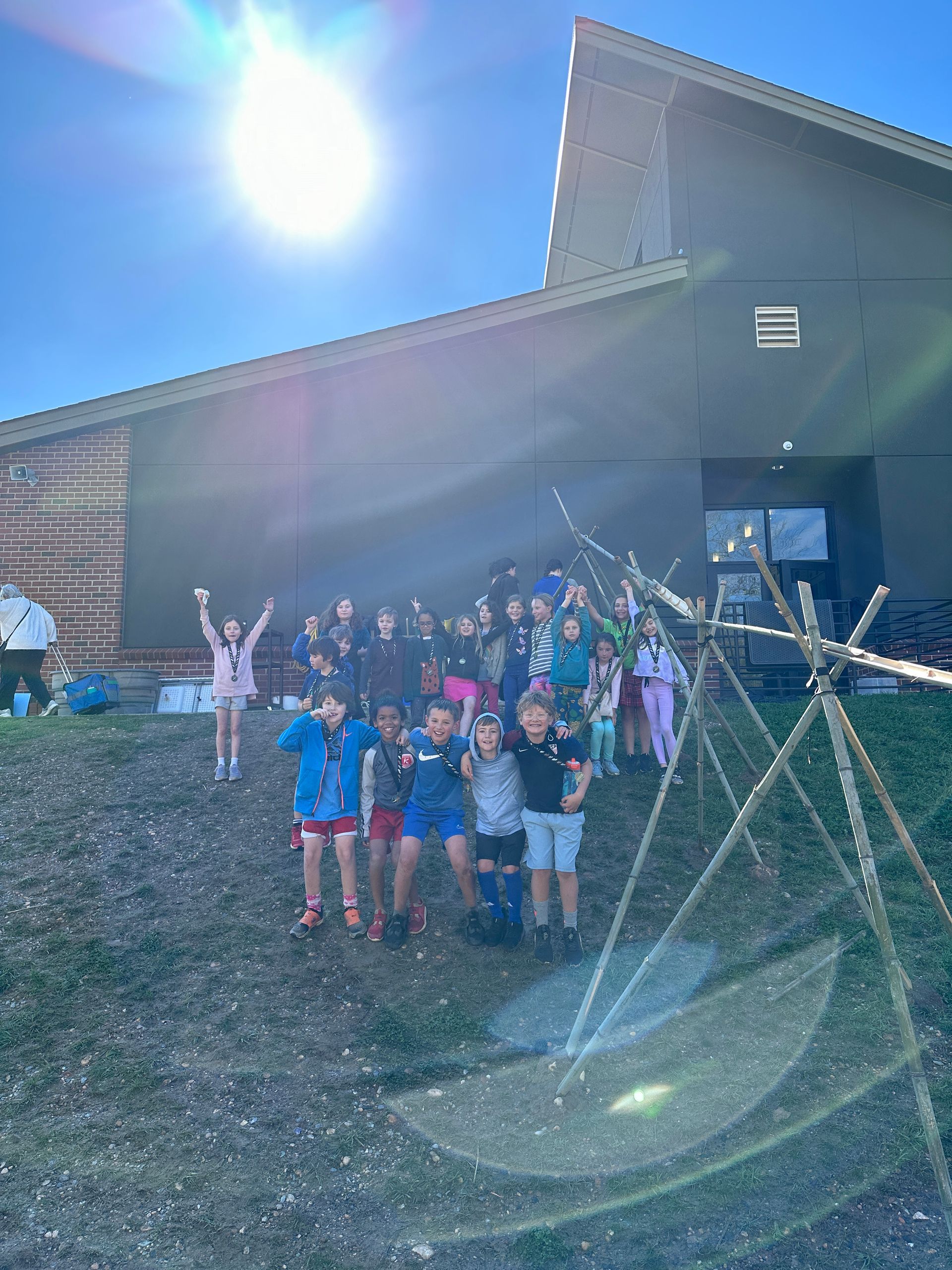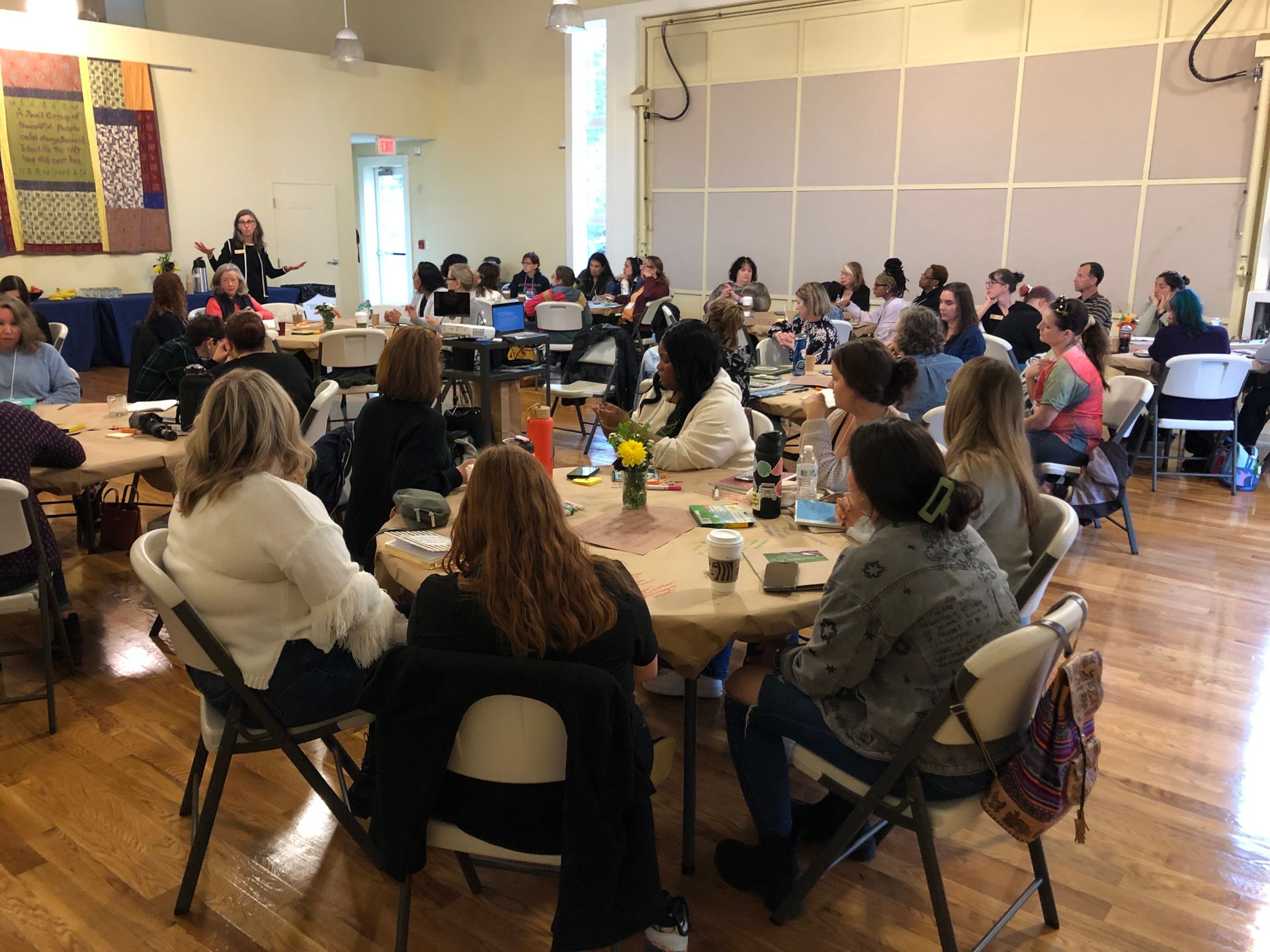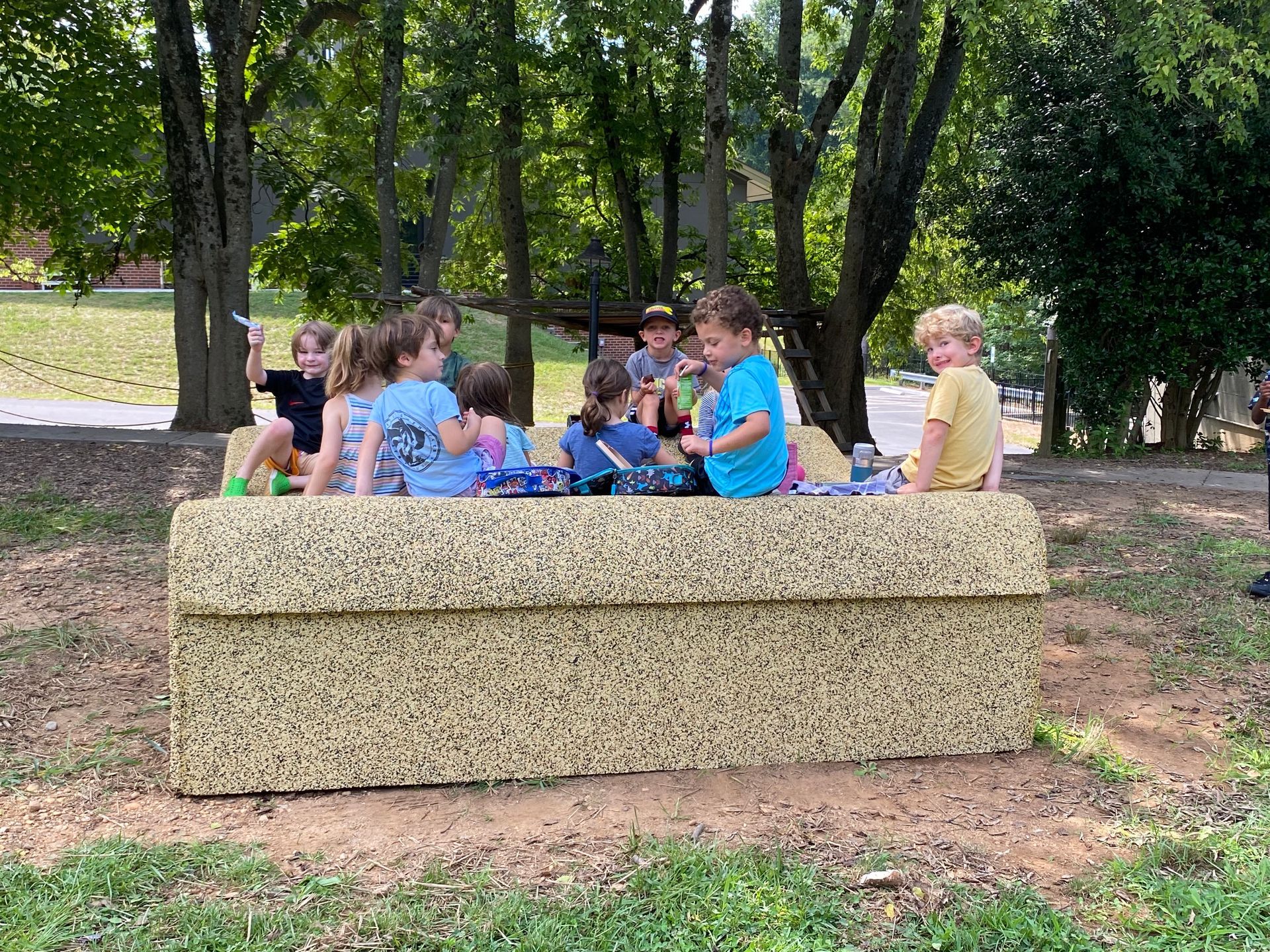The Perfect Recipe for Learning
“…siempre hay algo nuevo que aprender y nuevos horizontes que descubrir”
José Andrés
Wolfgang Puck once observed that “cooking is an expression of the land where you are and the culture of that place”. Culture and identity are fundamentally important to understanding a language; therefore, cooking must also be integral to language acquisition. Not only do cooking lessons make vocabulary and grammar come alive, but they also foster practical skill building and shared responsibility in students. At Sabot, we are very fortunate to have great interest in cooking among the student body (who regularly cook as part of the Exploratory program) and the support of an administration that allows us the space and creativity for these lessons.
-

-

Students cutting instructing each other and cutting vegetables for gazpacho
Beginning in late November, students in 6th, 7th, and 8th grade Spanish started learning basic Spanish vocabulary for cooking. This included common ingredients and recipes for the 6th and 7th grade, and cooking techniques and commands for the 8th grade. Students created menus, ideas for fusion plates, and games of blind taste-testing prior to our cooking lessons. As of February, all middle school classes have completed two cooking lessons: gazpacho (a cold tomato soup) from Spain and Argentinian empanadas (dumpling-like folded pockets that contain different fillings such as meat and cheese). By the end of the school year, each middle school class will have completed four to five cooking lessons in total.

Cooking lessons are carefully planned to allow for maximum amount of use of the target language and both individual and group work. Each dish must be completed with time allowed for clean up and reflection in the one-hour class. The element of choice and co-construction is integral to our curriculum at Sabot. It manifests in this class when students must choose their own ingredients, or work with their classmates to determine the exact order and amount of ingredients to add to a dish. There is always at least one step that students must figure out for themselves. Just as with Exploratory, the goal is to learn, assess, and reflect- not to produce perfection.

The general structure of a cooking class involves:
- Introduction ( Presentación ): Discussing the dish, what country/countries it is from, what ingredients we need, and the steps and utensils what will be used.. This is done completely in the target language.
- Jobs Assignment ( Asignación de trabajos/responsabilidades ): Each student is given (or volunteers) to do a specific task on our recipe. This may be cutting onions, cooking meat, mixing ingredients, or preparing trays.
- Preparation ( Preparación) : As students work on their various tasks, the teacher answers and asks questions in the target language. The teacher may demonstrate techniques if a student is struggling or request another student to assist.
- Clean-up ( Limpieza ): As students finish their jobs, they may requested to clean their own dishes or give them to designated dishwashers. This allows the class to utilize the class hour well without leaving behind a mess for the following class.
- Reflection ( Reflexión ): If students are not working on a cooking task, they have a reflection worksheet that utilizes the grammar and vocabulary we are currently or have previously studied. This gives students a time to reflect on what ingredients they have chosen, what responsibilities they have had, and (ultimately) whether they liked the dish.
These stages are often happening simultaneously. Some students may be preparing food, while others are cleaning, and others are working on their reflections. The classroom is a living and dynamic area where students are not only learning and practicing the language, but also practicing knife safety, conquering their fear of the oven, or teaching another student an efficient way to cut or peel. We can’t wait to see what new skills and delicious dishes the students accomplish over the next couple of months!
The post The Perfect Recipe for Learning appeared first on Sabot at Stony Point.
SHARE THIS POST

















